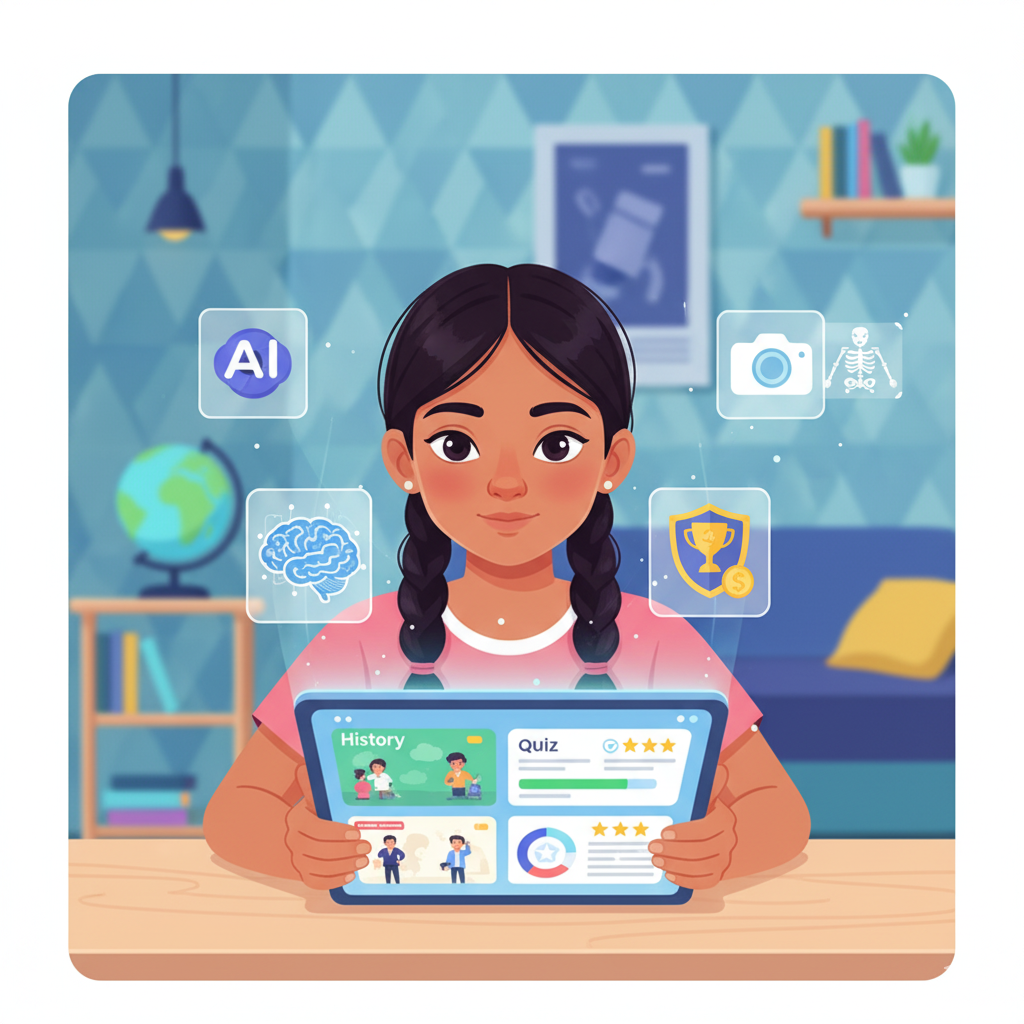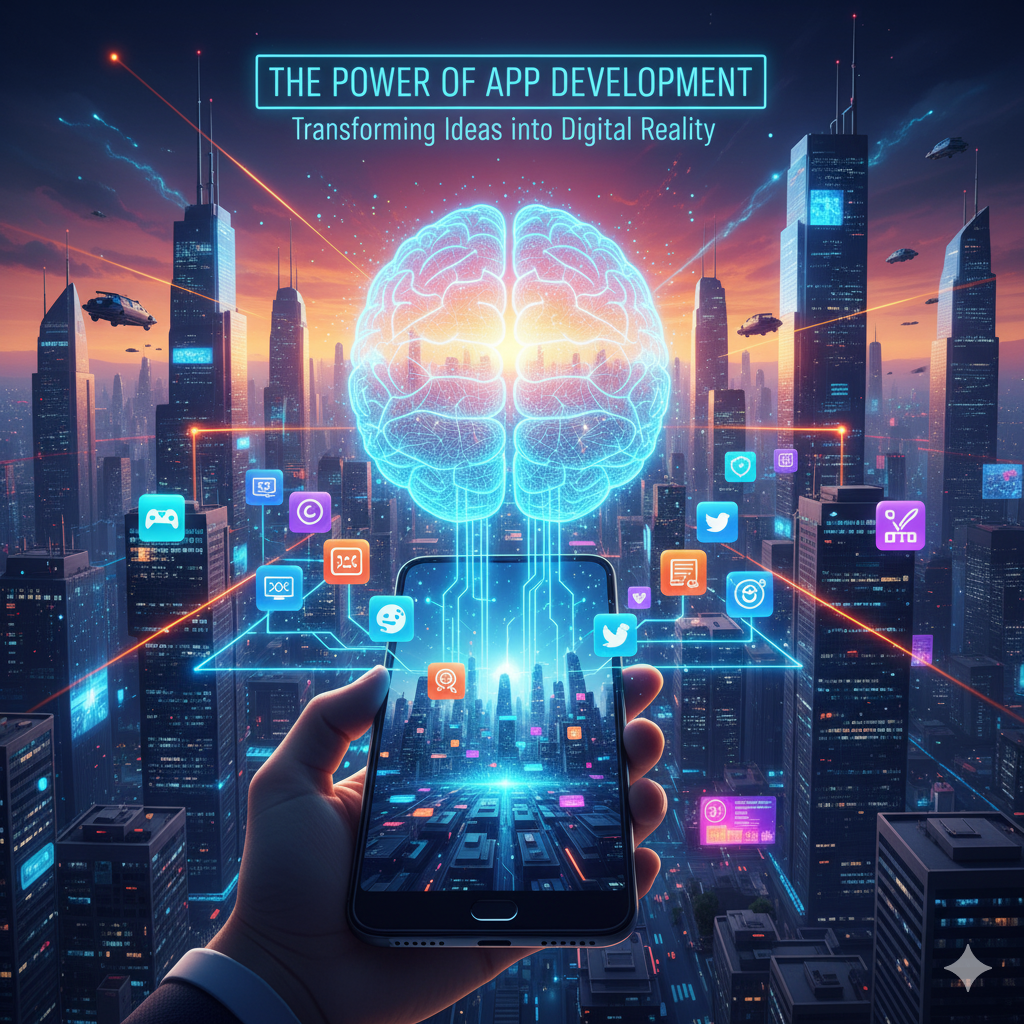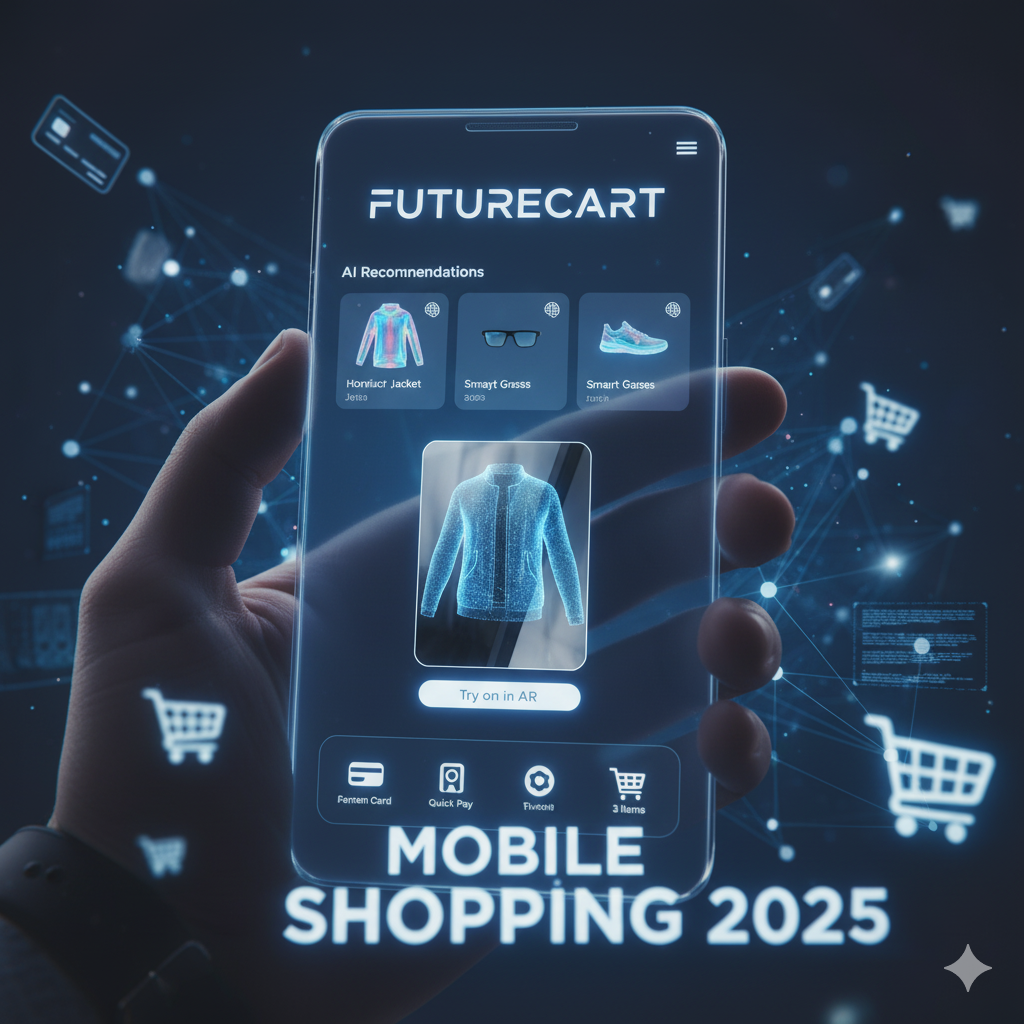Every time you use an app to order food, check the weather, or log in with Google, you’re using an API — even if you don’t realize it. APIs (Application Programming Interfaces) are the invisible bridges that connect software systems and make today’s digital world run seamlessly.
🔍 What Is an API?
An API is a set of rules and tools that allow one software application to communicate with another. Think of it as a waiter at a restaurant — it takes your request (order) to the kitchen (server) and delivers the response (your meal) back to you.
For example:
- When you use Google Maps inside a food delivery app, that’s the Maps API in action.
- When you pay via PayPal on a shopping site, you’re using the PayPal API.
⚙️ Why APIs Matter in 2025
APIs power almost every digital experience — from social media to IoT devices. In 2025, the rise of AI-driven automation, cloud services, and microservices architecture makes APIs even more essential.
💡 Types of APIs
- Open APIs (Public): Available to everyone — e.g., Twitter API, OpenWeather API.
- Internal APIs: Used within an organization for internal systems.
- Partner APIs: Shared with specific business partners.
- Composite APIs: Combine multiple APIs into one call for faster performance.
🚀 Benefits of APIs
- Integration: Connects apps, platforms, and services easily.
- Automation: Reduces manual tasks by connecting workflows.
- Scalability: Enables companies to grow and add new features faster.
- Innovation: Developers can build new products using existing data and services.
🧠 The Future of APIs
The next generation of APIs is AI-powered — capable of learning from data and adjusting responses. Tools like GraphQL and RESTful APIs continue to make data exchange faster, simpler, and more efficient.
💬 Final Thoughts
APIs are the unsung heroes of the internet. They quietly connect every app, website, and device you use. Without APIs, the connected digital ecosystem we rely on daily simply wouldn’t exist.




